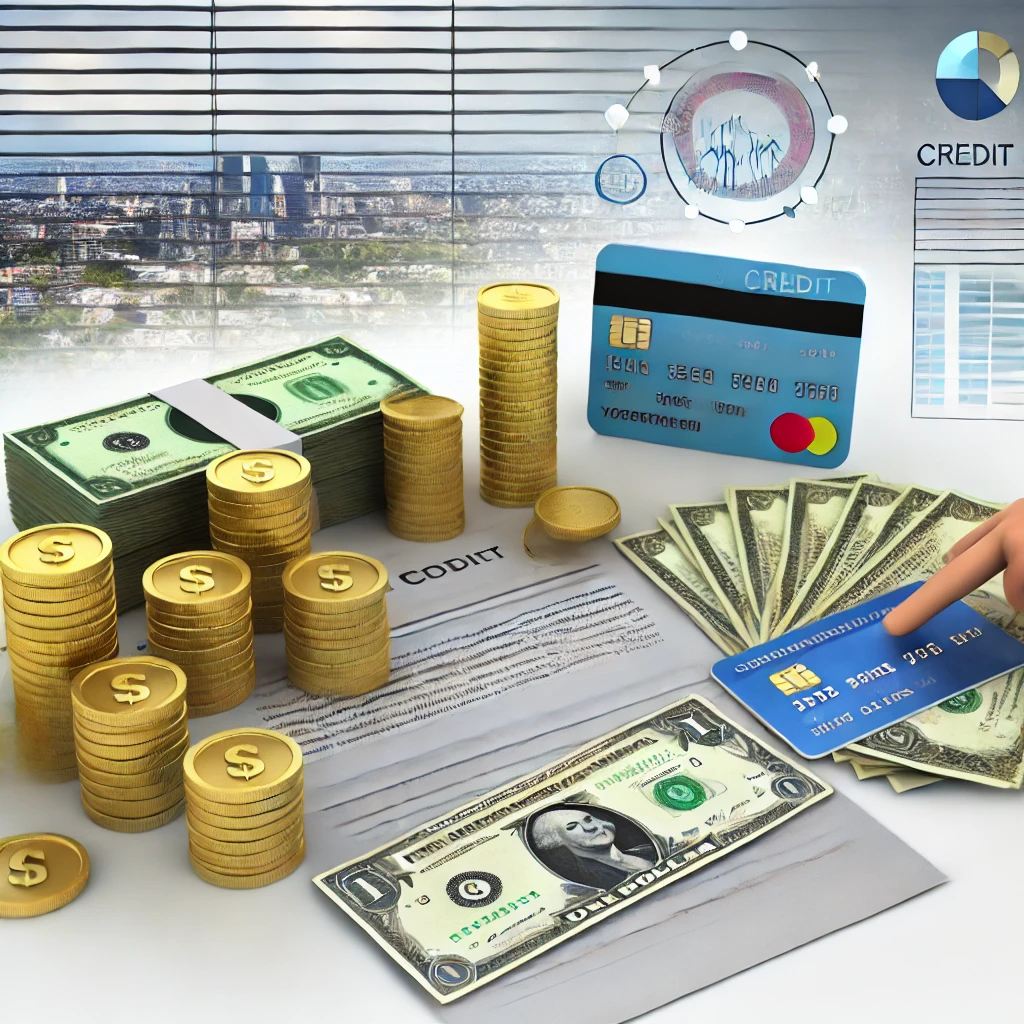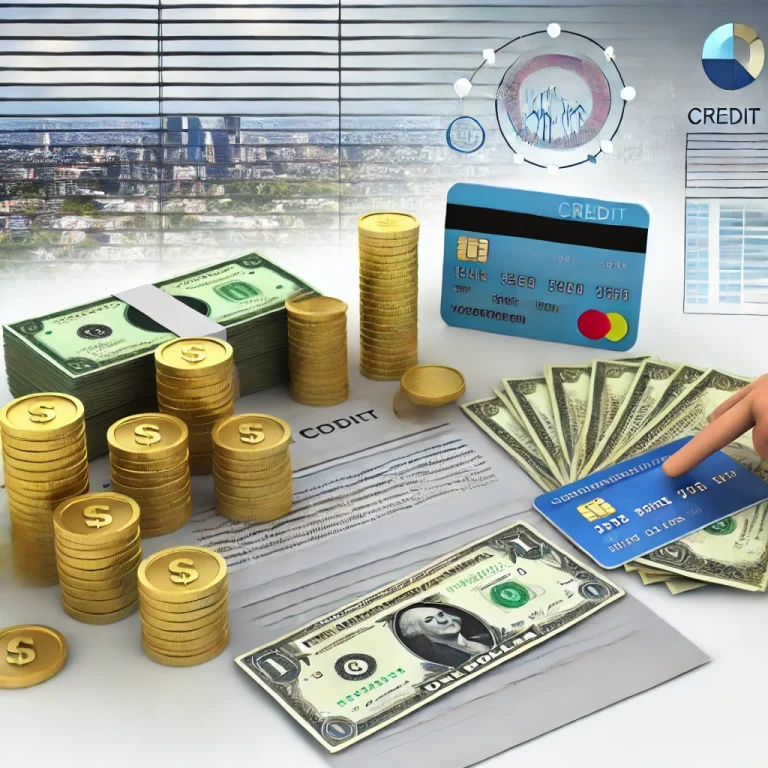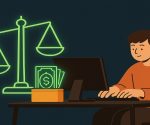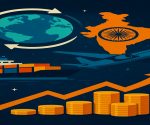Money and credit play a crucial role in modern economies. Being transactional instruments, they propel economic activities, empower growth, and influence financial systems all over the globe. It is quite essential to understand the principles of money and credit in order to understand the mechanisms governing financial markets and how players within an economic landscape interact with one another.
Introduction to Money and Credit
Money and credit stand on two pillars that support economic transactions. Money is the medium of exchange, while credit is a means of borrowing and lending. Credit drives economic activities because if this were not the case, money would only remain a medium of exchange. If considered over centuries, these ideas have evolved and assumed any shape a society required them to take to match the increasing complexity of their economic systems. This would signify their significance in current financial markets as well as their impacts on international trade.
The Role of Money in Modern Economies
Money’s main facilitation function is acting as a medium of exchange, hence making it easier for people to go about the activity of exchange of goods and services and eliminating the need for bartering. Further, it serves as an alternative unit of account, store of value, and standard of deferred payment. Credit conversely, refers to the borrowing and lending of money, hence playing a key role in financing investments and consumption.
Main Functions of Money
Money performs several very essential functions in the economy, valuable both for the smooth functioning of financial systems and for the frictionless working of market transactions.
1. Medium of Exchange: Money makes it possible to obtain and dispose of goods and services freely. It avoids the failures of the barter system by providing a universally accepted medium.
2. Unit of Account: Money serves as a standard quantitative measure through which the value of goods and services is expressed in terms of markets. It enables businesses as well as individuals to compare costs, prices, as well as value.
3. Store of Value: Money is supposed to preserve its purchasing power over time so that people can save and hold their riches for later utilization. This monetary function ensures that savings can indeed be used to meet needs and pay for investments over time.
4. Standard of Deferred Payment: The use of money in settling debts and making credit transactions affords a sure way of making long-term contracts and repayment agreements.
Functions of Credit
Credit plays a fundamental role in economic development by facilitating the flow of money between borrowers and lenders. It influences consumer behavior, investment, and economic growth.
Encouraging Investment and Economic Growth
Credit allows businesses to invest in new projects, expand operations, and innovate without immediate financial constraints. It supports economic development by enabling individuals and enterprises to leverage future income for present expenditures.
Consumption Smoothing
Credit enables people to consume over time by offering them the opportunity to borrow against future income. It allows people to be able to consume when their current level of finance cannot meet these necessities.
Risk Management and Insurance
Credit systems offer financial protection and mitigate risks through loans and insurance products. They provide a safety net for individuals and businesses against unforeseen financial crises.

Different Forms of Money
Money itself has become transformed from physical coins and notes to purely digital currency, trying to fit everything within the framework needed for the survival of a modern economy. Once it is understood in all its forms, you begin to see how the financial system works to this day.
1. Commodity Money: The early forms of money have comprised things like gold, silver, and all other commodities that were precious and of worth. These things had some intrinsic value and could be used as a medium of exchange.
2. Fiat Money: Most of the contemporary economies make use of fiat money in the economy. It refers to the currency that is issued by the government, and it is not pegged on any commodity. Its worth depends on the amount of trust and confidence that people have in the government that issues it.
3. Electronic Money: Electronic money, or simply digital money, refers to credit cards, debit cards, and cryptocurrencies such as Bitcoin. This form of money provides for cashless transactional systems and is gaining immense popularity in global markets.
How is Credit Extended?
Credit extension is the process whereby lenders offer their services by advancing funds to borrowers whereby it is agreed that those funds will be repaid, normally at a later date, at some interest rate higher than normal. It helps in debt management as well as planning because of knowing how credit is extended.
1. Bank Loans
The traditional banks are the major institution that provides loans to people and companies. Traditionally, loans have been made according to the creditworthiness of the borrower. This creditworthiness is assessed through credits and history records.
2. Credit Cards
Credit cards are essentially revolving line of credit, enabling the consumers to draw upon such to make purchases up to a certain limit. More convenient in terms of borrowing money, they usually tend to come with a very high interest rate if the balance is not paid entirely.
3. Microfinance Institutions
- Microfinance institutions offer small loans to low-income individuals or groups who lack access to traditional banking services.
- These loans are designed to support entrepreneurship and reduce poverty in underdeveloped regions.
4. Peer-to-Peer Lending
Peer-to-peer lending offers direct online connections between borrowers and lenders. In recent times, P2P lending has become more in vogue owing to low interest rates and more lenient borrowing terms.
Conclusion
Money and credit are essential parts of economic stability and growth. Though money is used for all everyday transactions, it is credit that enables investment and expenditure among consumers and economic development. It is very crucial to understand what they do and how they work within the bigger financial system in order to make smart financial decisions. By managing your money properly with credit, you can stretch the full potential of the economy and be a part of its overall growth.
Money and Credit FAQs
What is the difference between money and credit?
Money is a medium of exchange used to facilitate transactions, while credit is the provision of funds to borrowers with the expectation of repayment.
How does credit impact economic growth?
Credit enables businesses and individuals to invest in future projects and opportunities, driving economic growth by increasing consumption and production capabilities.
What are the risks associated with extending credit?
The primary risks include the possibility of default, where the borrower fails to repay the loan, and the impact of high-interest rates on the cost of borrowing.
Why is digital money becoming more popular?
Digital money offers convenience, speed, and security for transactions, making it a preferred choice in the increasingly digital global economy.
How do microfinance institutions support small businesses?
Microfinance institutions provide small loans to entrepreneurs who do not qualify for traditional bank loans, encouraging business growth in underserved communities.


